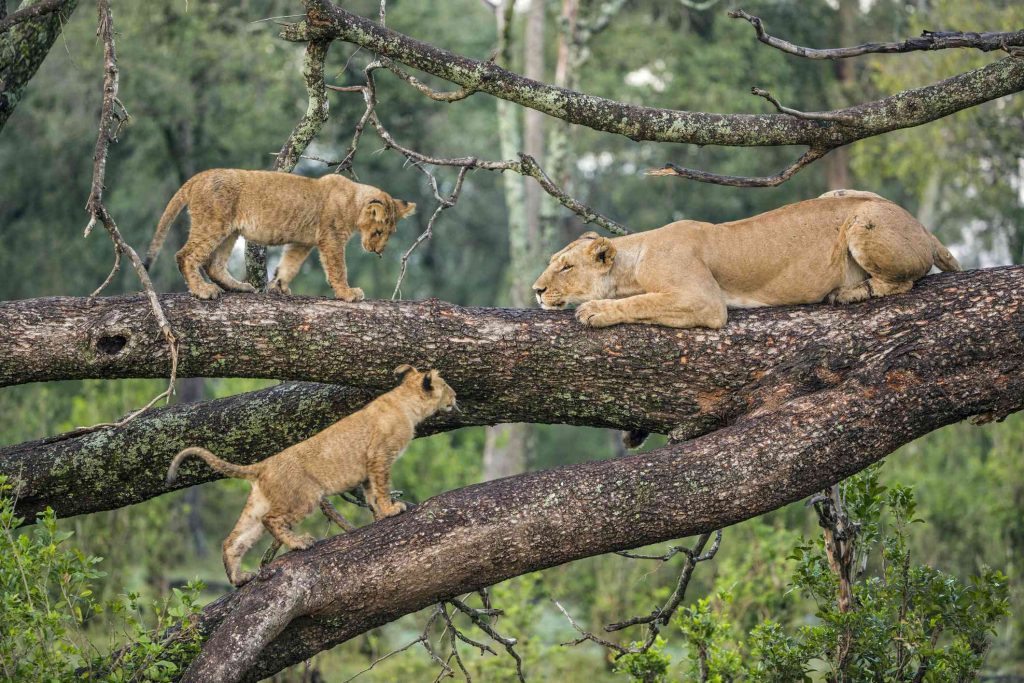There’s an old African saying, "You may leave Africa, but Africa will never leave you." And there’s no better way to experience the magic of the continent than by going on a safari in the Serengeti. Arguably the most famous wildlife reserve in the world, the Serengeti is renowned for its annual wildebeest migration, which is truly a sight to behold. In this article, we’ll help you choose the best season for your safari and provide a wildebeest migration calendar to make sure you don’t miss out on this extraordinary spectacle.
Discovering the Magic of the Serengeti: Best Season for Safari
The Serengeti, one of Africa’s jewel parks, offers an unforgettable safari experience throughout the year. However, the best time to visit largely depends on what you want to see. If you’re interested in the annual wildebeest migration, you should plan your trip between June and October when the wildebeest start their epic journey across the plains in search of greener pastures. This is also a great time to see other wildlife, as predators follow the herds and create some of the most dramatic wildlife encounters you can ever witness.
The weather during these months is generally dry, making it easier for you to spot wildlife because animals congregate around water sources. The vegetation is also less dense, offering better views. Furthermore, the risk of malaria is lower during the dry months. However, keep in mind that this is also the peak tourist season, so the parks can get crowded, and prices may be higher. If you prefer a quieter safari with fewer tourists, consider visiting during the short rains in November and December, when the plains are lush and animals give birth to their young.
The shoulder seasons, April to May and November, can also offer a rewarding experience, with fewer crowds and lower rates. During these months, the park is green and beautiful, with newborn animals and migratory birds. However, remember that the rainy season can make some roads impassable and sightings less predictable.
Timing Your Safari Right: Wildebeest Migration Calendar
The wildebeest migration is one of the most spectacular wildlife events on the planet. Over a million wildebeest, accompanied by zebras and gazelles, traverse the Serengeti’s plains in a circular migration pattern every year. Timing your safari right can allow you to witness this awe-inspiring phenomenon.
From January to March, the wildebeest are typically in the southern Serengeti, where they give birth to thousands of calves every day. This is a great time for predator sightings, as lions, hyenas, and cheetahs take advantage of the abundance of vulnerable young. Then, between April and June, the herds start moving north, crossing treacherous rivers and evading crocodiles along the way. If you visit in July and August, you can witness the dramatic Grumeti River crossing – a highlight of the migration.
From September to November, the wildebeest are in the northern Serengeti and begin crossing back into Kenya’s Masai Mara. This is an ideal time to see river crossings and large congregations of wildlife. By December, the herds are back in the southern Serengeti, completing their annual circuit and beginning another cycle of life on the plains. Remember, the exact timing of the migration can vary each year due to rainfall patterns, so it’s always best to consult with a safari expert when planning your trip.
Planning a safari to witness the spectacle of the Serengeti’s wildebeest migration is an adventure like no other. By choosing the right season and understanding the migration calendar, you can maximize your chances of witnessing this natural wonder. Whether you’re a seasoned African explorer or a first-time visitor, the Serengeti promises a unique, breathtaking experience that will stay with you long after you’ve left Africa’s shores. So, get ready to pack your binoculars, charge your camera, and step into the wild, untamed beauty of the Serengeti.

